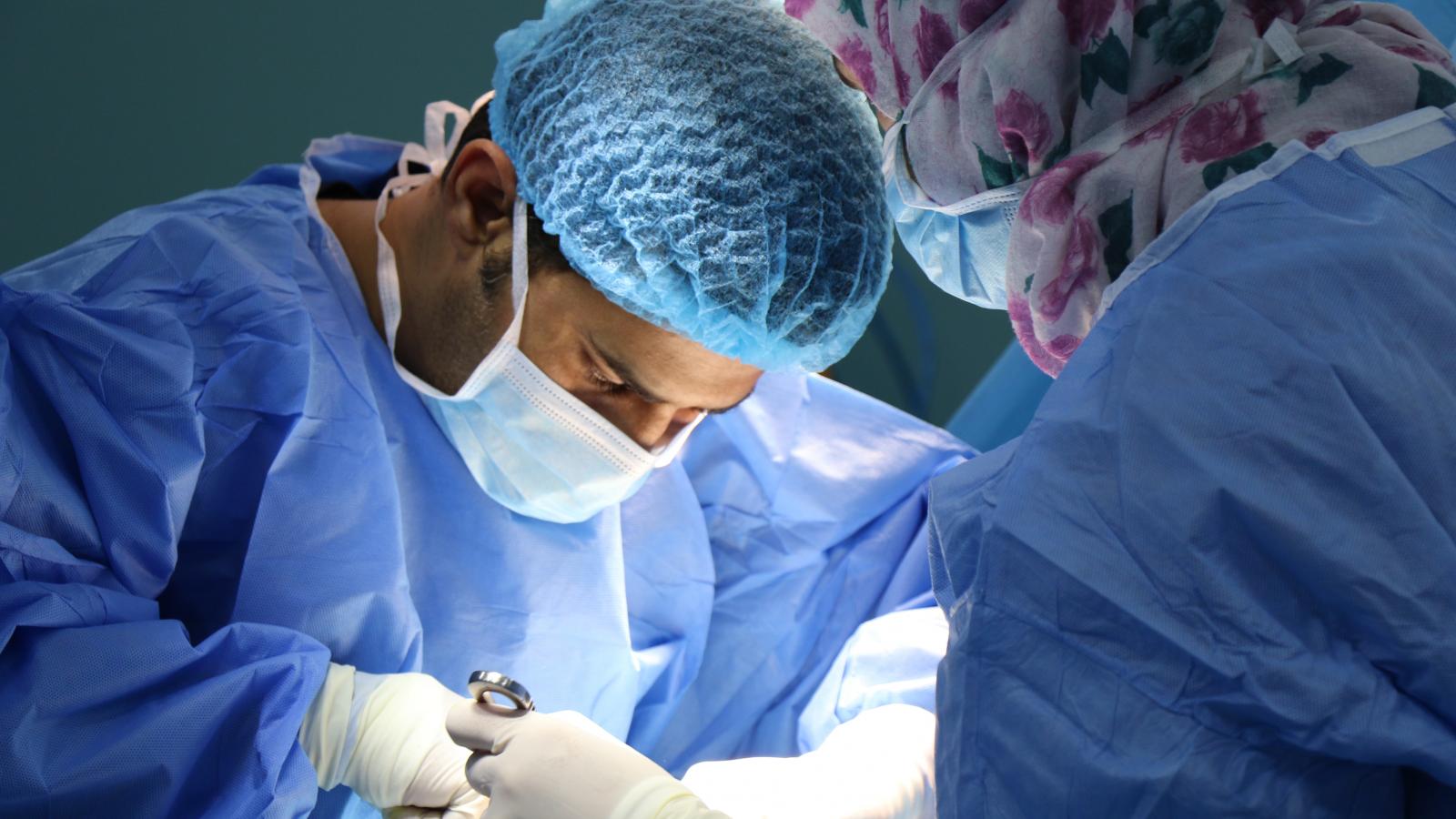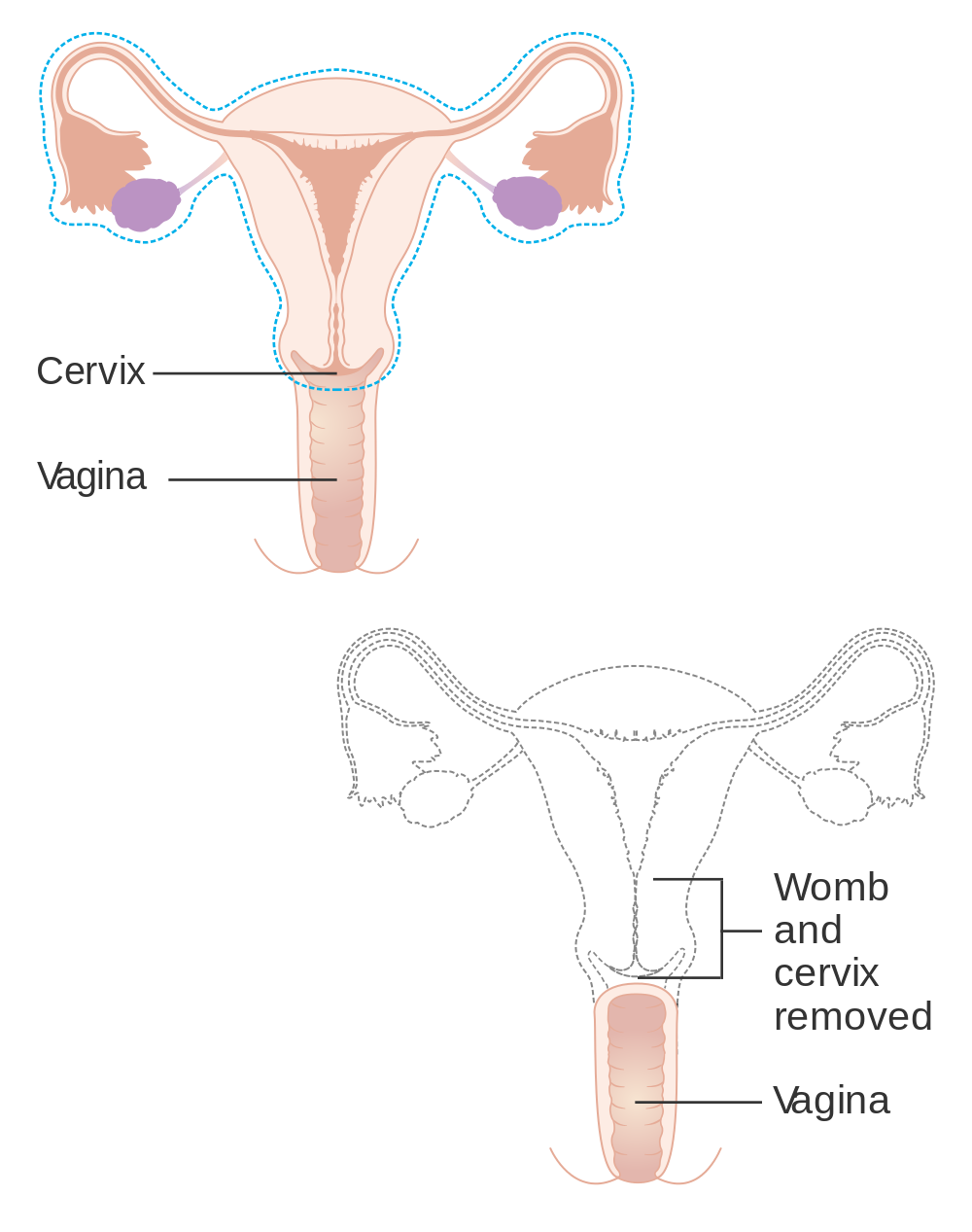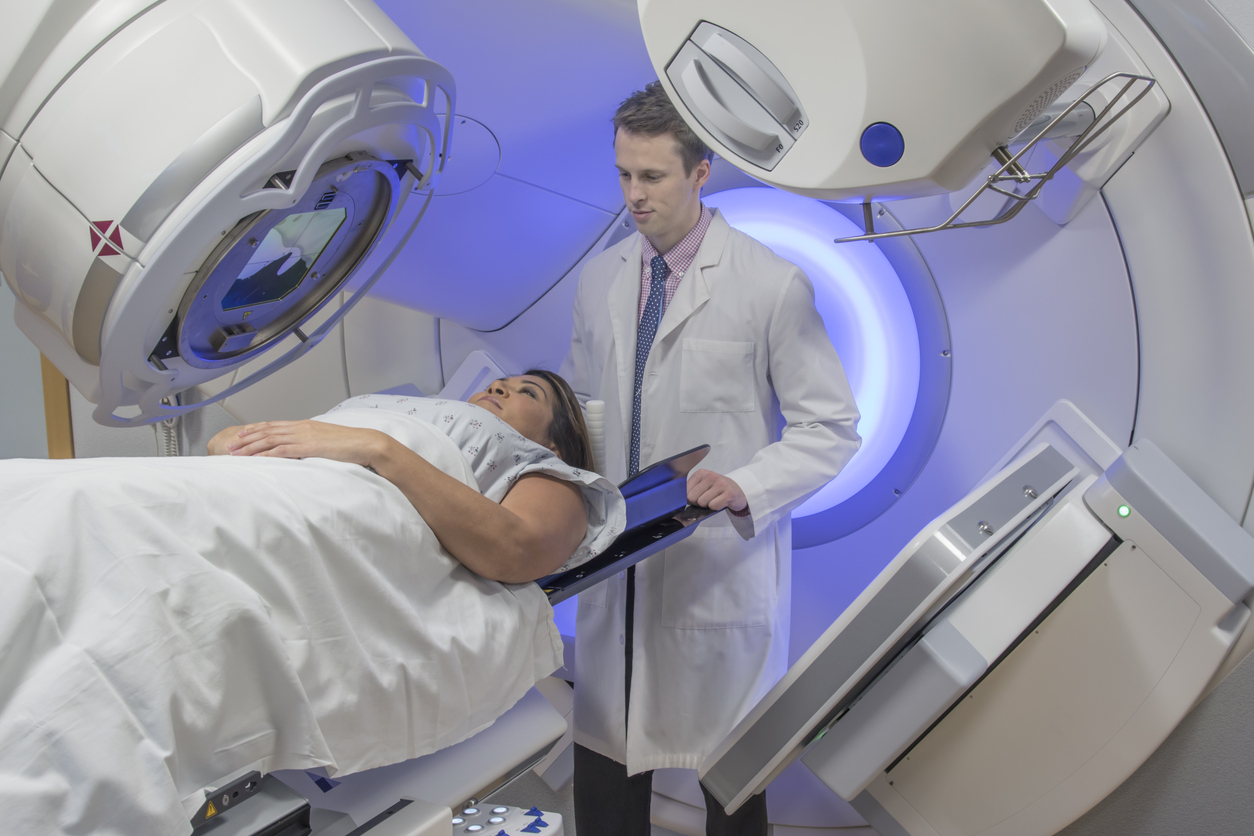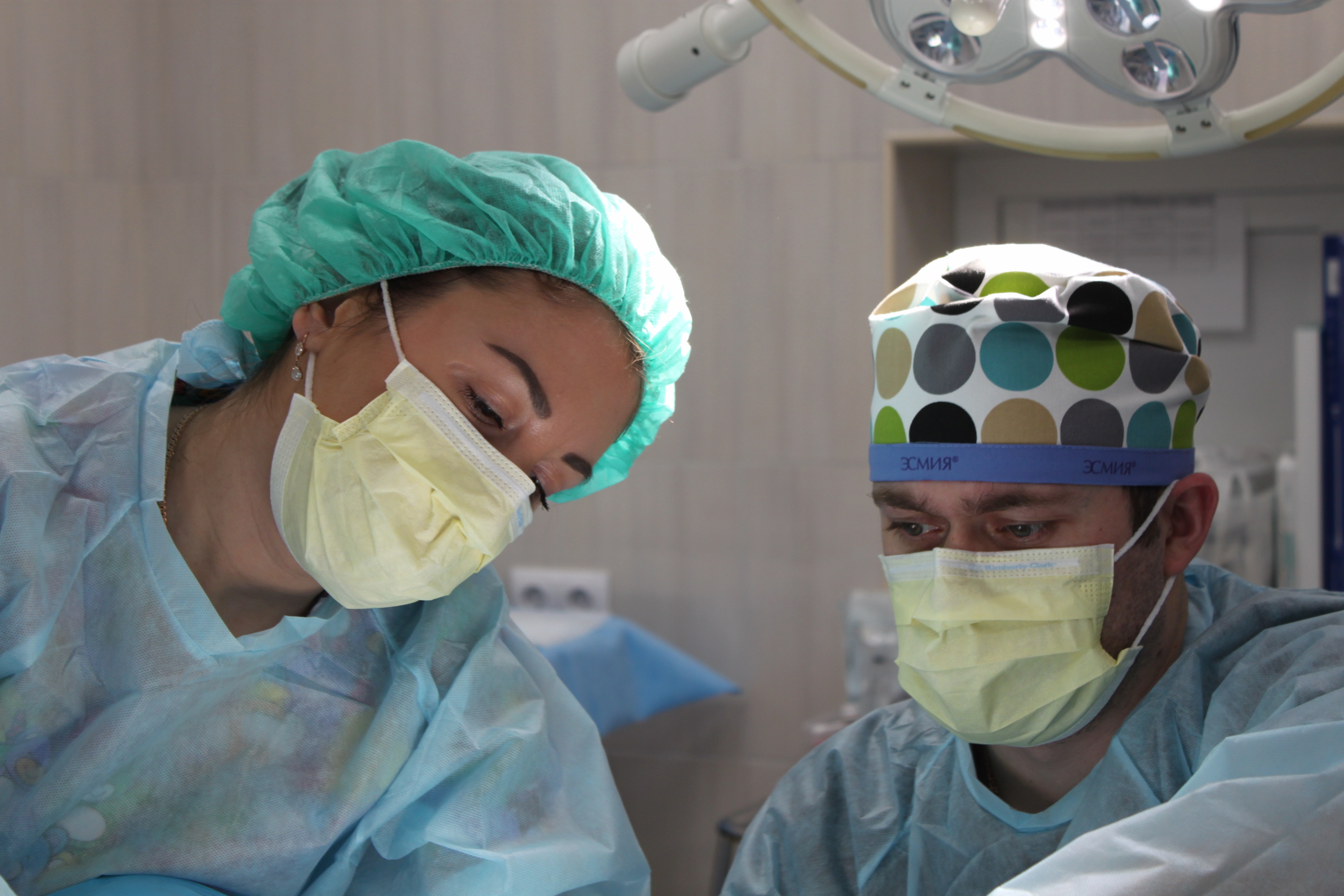Surgery for cervical cancer

Surgery aims to remove the cancer and the area close to it. There are different ways of doing surgery for cervical cancer, depending on the stage of your cancer. Types of surgery include:
LLETZ (large loop excision of the transformation zone)
Removing abnormal cells in very early cervical cancer using a thin wire loop and electrical current.
Cone biopsy
A cone-shaped piece of tissue is removed from the cervix. This is usually done with a general anaesthetic.
Hysterectomy
The cervix, uterus and fallopian tubes are removed.
Radical hysterectomy
The cervix, uterus and top part of the vagina are removed. (Image: CRUK, 2015)

Salpingo-oophorectomy
One (unilateral) or both (bilateral) of your ovaries are removed.
Radical trachelectomy
The cervix, the tissue around the uterus and part of the upper vagina are removed. (Image: CRUK, 2014)

Lymphadenectomy
The lymph nodes in the pelvis are removed. This operation may be done along with one of the above operations or before you start radiotherapy.
Open surgery or keyhole surgery (laparoscopy)?
Open surgery is where the surgeon operates through a cut (incision) in the abdomen (tummy wall).
Laparoscopy (keyhole surgery) is done through small openings in your abdomen (tummy wall).
It usually takes less time to recover from keyhole surgery. However, your doctor will explain the surgery options to you and which they feel is best for you.
Surgery for cancer in the cervix that has come back after treatment
Pelvic exenteration
This operation may involve removing your cervix, vagina, womb, ovaries, fallopian tubes, lower bowel and bladder. It is used for cancer that has come back after treatment at the top of the vagina only.
Because it is major surgery you will need counselling beforehand. It can be a shock to the system when you are left with stomas (openings from the bowel and bladder onto the abdomen) after surgery and having to learn how to care for them. Your doctor or nurse will give you more information and advice if you need this kind of surgery.
After surgery
When you wake up, you may have some tubes attached to your body, such as a drip in a vein in your arm or drainage tubes at the site of your wound. You may also have an oxygen mask over your face. This is normal after an operation like this.
You may feel pain in the first few days after open surgery. Always tell your doctor or nurse if you are in pain, as they can give you medicine to help. After keyhole surgery, you may experience wind-type pain or cramps. This pain can be quite severe but this is normal. A combination of medication, peppermint water and moving around may help.
You will be more at risk of getting an infection after surgery. For example, a urinary tract infection. You may be prescribed antibiotics after surgery.
For the first 6-8 weeks, it is normal to experience vaginal bleeding or discharge at times. After leaving hospital, if you experience heavy vaginal clotting or bleeding or have a foul-smelling discharge, contact your specialist nurse or doctor immediately.
Constipation is common after surgery. You may be advised to take laxatives to help.
Most patients are ready to go home 4-5 days after open surgery. With keyhole surgery, you may be ready to go home after 1-2 days.
You should avoid strenuous activity (including heavy housework), heavy lifting and driving for 2-3 weeks, or for 6 weeks if you have had open surgery.
Whichever type of surgery you have, you will be encouraged to walk regularly, increasing the time spent walking every day. Your nurse or physiotherapist will discuss this with you in more detail. You should avoid strenuous exercise, such as jogging or swimming, until you have healed.
Avoid sex for up to 6 weeks to let the top of the vagina heal.
You should be able to go back to work 4–6 weeks after surgery, depending on the kind of work you do.
Your doctor or nurse will discuss dos and don’ts with you in more detail.
Read some general information on recovering after surgery
For more information
Phone
1800 200 700



